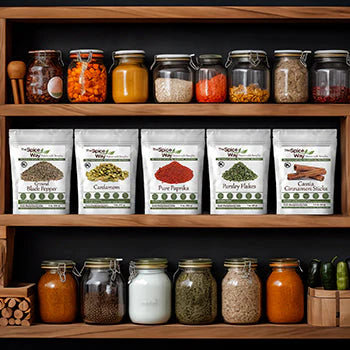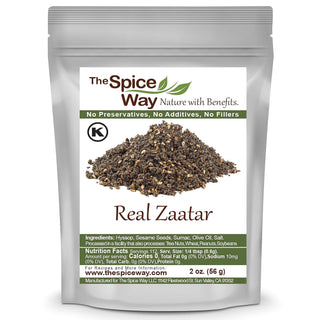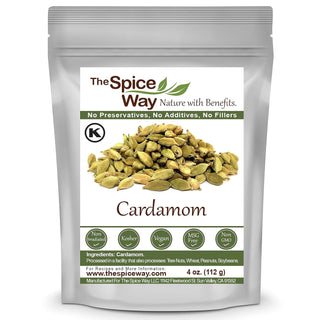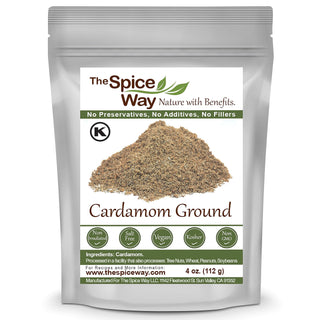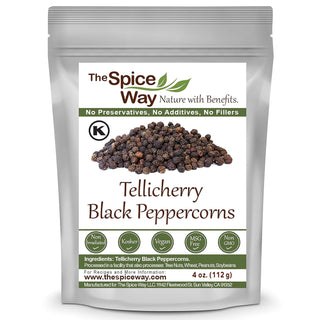You could spend hours whipping up a delicious meal, but all your hard work will go in vain if the dish lacks the most essential seasoning—salt.
It's an everyday ingredient in your kitchen, but did you know there are multiple types of salts? Each variety has its own unique characteristics, textures, and uses in cooking. If you love to cook, we're sure you'd love to know more about how to use these different types of salts in your culinary creations and make your dishes all the more lip-smacking.
So let's dive in and discover the world of salts!
1.Table Salt
Table salt is the most common and widely used salt in households. It is highly refined, usually iodized, and has a fine texture. Its versatility makes it suitable for everyday cooking and seasoning. Use it to season your pasta water, soups, stews, marinades, and curries. Due to its fine texture, it dissolves easily, making it perfect for baking and general seasoning.
2. Kosher Salt
Kosher salt has larger crystals compared to table salt. It gets its name from its use in the koshering process of meats. Its texture makes it ideal for drawing moisture out of foods, such as meat or eggplants, which can then be rinsed off. It is also great for rimming cocktail glasses. Kosher salt is a favorite among chefs for its clean, pure taste and ability to be easily picked up with fingertips, allowing for precise seasoning.
3. Onion Salt
As the name suggests, onion salt is a blend of onion powder and salt. It adds a savory, oniony flavor to dishes. Onion salt is a convenient alternative to fresh onions and you can use it in marinades, dressings, and seasoning for roasted vegetables or meats. It provides a quick burst of flavor and is especially handy when you want to add an onion element without the texture of fresh onions.
4. Garlic Salt
Similar to onion salt, garlic salt combines garlic powder with salt. It offers the distinct taste of garlic and adds a wonderful aromatic quality to your dishes. Garlic salt is commonly used in seasoning meats, roasted vegetables, garlic bread, and even popcorn. Just like onion salt, it saves you the hassle of peeling and chopping fresh garlic while providing a robust garlic flavor.
5. Pink Salt
Pink salt, also known as Himalayan pink salt, is a natural rock salt that derives its pink hue from trace minerals like iron. It is prized for its delicate flavor and adds a touch of elegance to your culinary creations. Use it as a finishing salt—sprinkle it on salads, grilled meats, or roasted vegetables to impart a subtle flavor and a visually appealing touch.
6. Celtic Salt
Celtic salt is harvested from the coastal regions of France. It is an unrefined sea salt that retains its natural minerals and trace elements, giving it a distinct flavor. Its coarse texture and briny taste make it perfect for seasoning seafood, enhancing the flavors of fresh vegetables, or even rimming glasses for cocktails like margaritas.
7. Fleur de Sel
Fleur de Sel is a premium French sea salt that is hand-harvested using traditional methods. It is known for its delicate, flaky texture and its ability to enhance the flavors of any dish. Often considered the "caviar of salts," Fleur de Sel is primarily used as a finishing salt. Sprinkle it over grilled meats, roasted vegetables, or even desserts like caramel or chocolate for a delightful touch of salinity.
8. Sea Salt
Sea salt is produced by evaporating seawater, leaving behind the salt crystals. It comes in various textures, ranging from fine to coarse. Sea salt retains its natural minerals, giving it a more complex flavor compared to table salt. You can use this versatile salt for seasoning grilled meats, sprinkling on salads, adding a finishing touch to chocolate desserts, or even rimming the glass for a refreshing cocktail. With its distinct flavor profile, sea salt is a favorite among chefs and home cooks alike.
Now that you're acquainted with the different types of salt and their uses, you can confidently experiment with various flavors and textures in your cooking. Remember, each salt brings along its unique qualities, so don't be afraid to explore and add a pinch of variety to your culinary adventures.
